Following the closing of our latest harvest and as mentioned previously, we took advantage of this time to perform some adjustments and maintenance in the irrigation system as rice is a culture of precision. The aim of those adjustments are to optimize water flow while reducing as much as possible water losses and electricity consumption required to pump and distribute water in the fields. You can find below some sample of the work which has been performed. In parallel, we moved forward with all pre-sowing requirements (land preparation, seeds, levelling of the taipas, purchase and import of high quality seeds, etc).
Resize of the irrigation pool at the water re-pumping station where we added also in back-up a 2nd pump coming from the main pump station

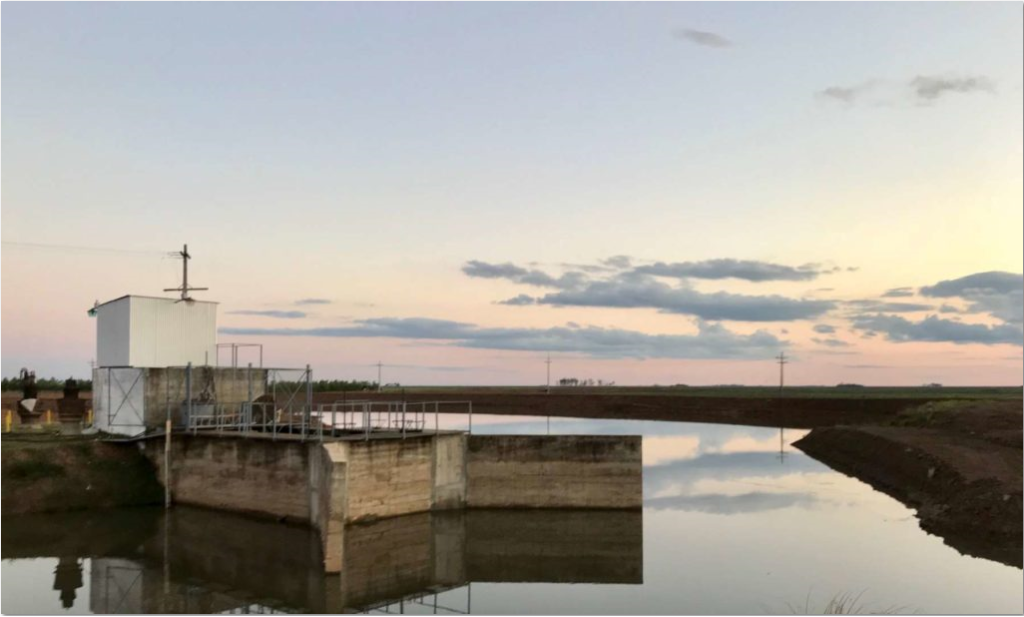
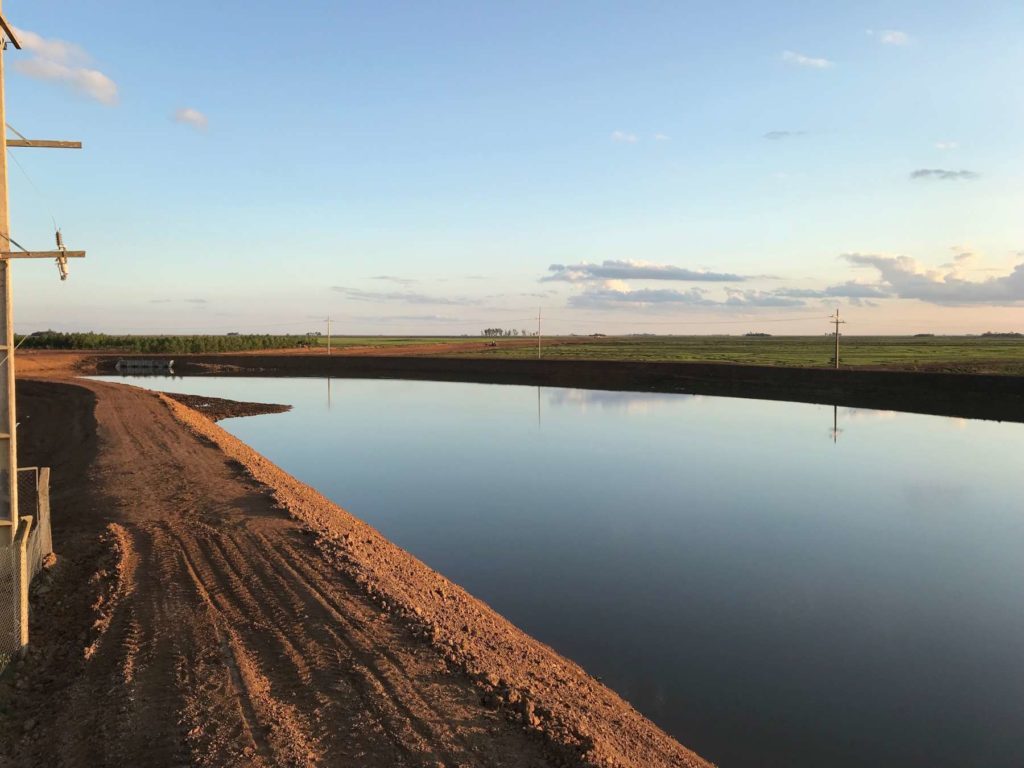
Irrigation channel #5 which has been upgraded


New electricity lines and power transformer installed at water re-pumping station

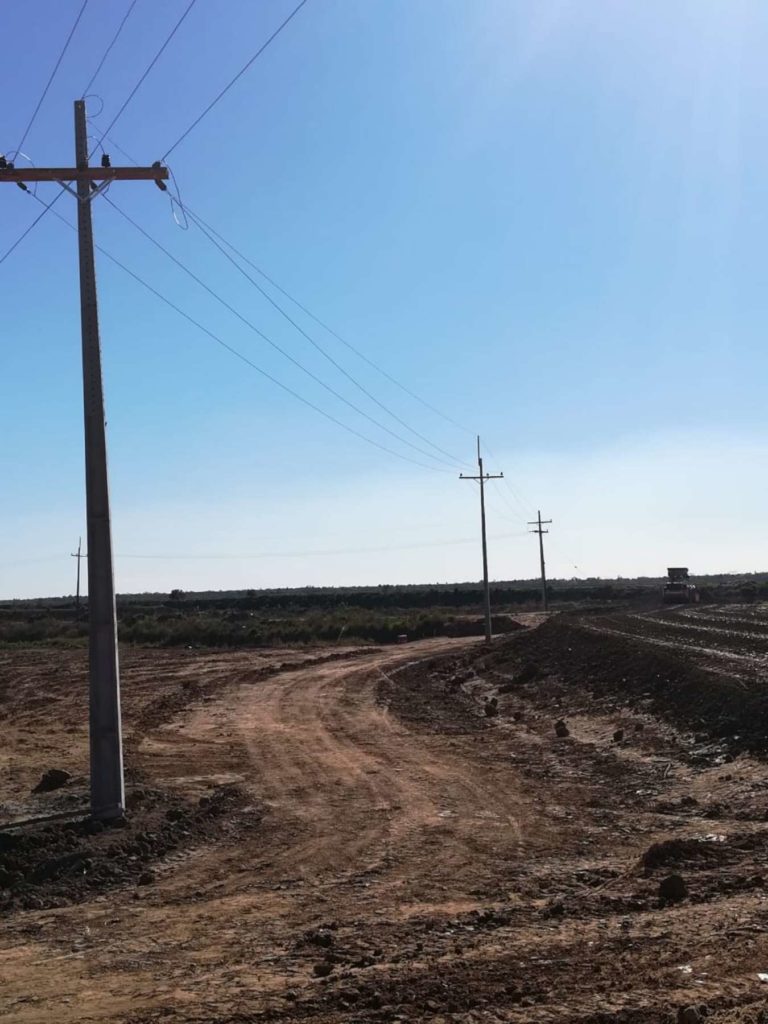
Progressive water filling of the artificial lake (468 ha size) dedicated to store water in case of low level of the river
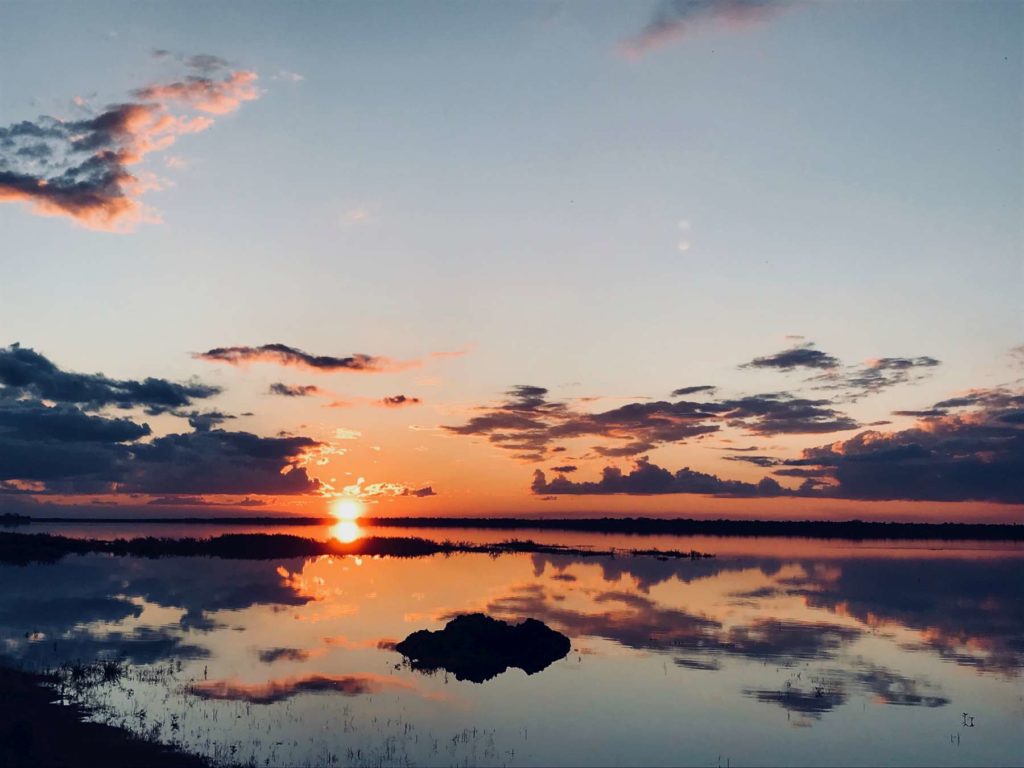
Cleaning of the water channel access from the river to the main pump station
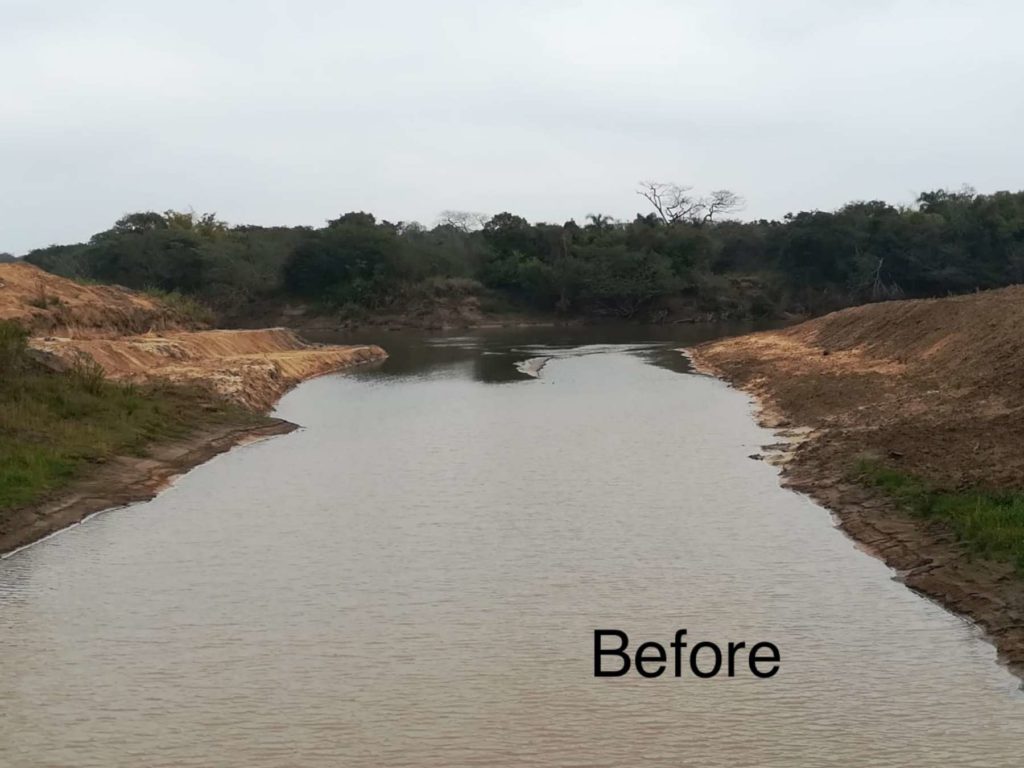
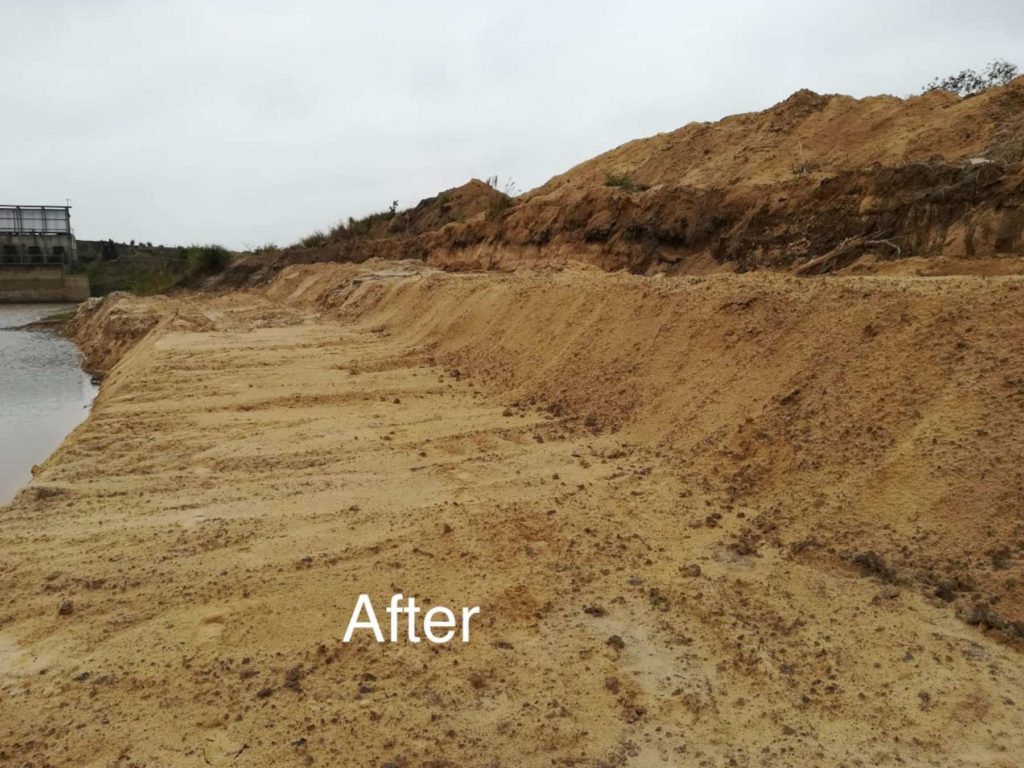
On September 10, we began with the sowing period. Our objective for the cycle is to sow around 1,600 ha and so far, only around 400 ha have been sowed due to repeated rain events. Rice sowing requires dry soils so after each rain, we have to wait until the land dried and allows sowing.

Furthermore, we choose not to extend significantly our planted surface this cycle given the fact that Brazil plans to reduce its imports by protecting its internal market. Brazil reactivates domestic support programs:
Over the years, Brazil has used various domestic support programs when corn, wheat, and rice commodity prices are low, and for the first time since 2011, they have authorized the use of two programs for rice: Premium for Product Outflow (PEP) and Equalization Premium Paid to the Producer (PEPRO)
The purpose of these programs is to move commodities from high producing areas to any of the ten grain-deficient states in the north of Brazil. The program is not prohibited from fuelling exports, however when used this way, it is a World Trade Organization (WTO) violation and Brazilian rice enjoys a clear and unfair advantage.
The programs are similar in nature in that the Brazilian government guarantees a minimum price to producers by paying the difference between the prevailing market price and the government-established minimum guaranteed price, either to the commercial buyer (PEP) or directly to the producer (PEPRO).
As most of our paddy rice production is ultimately sold to Brazil, we decided not to increase significantly the sown are (≥ 2,000 ha) and maintain our so called “base planted area” of around 1,600 ha.
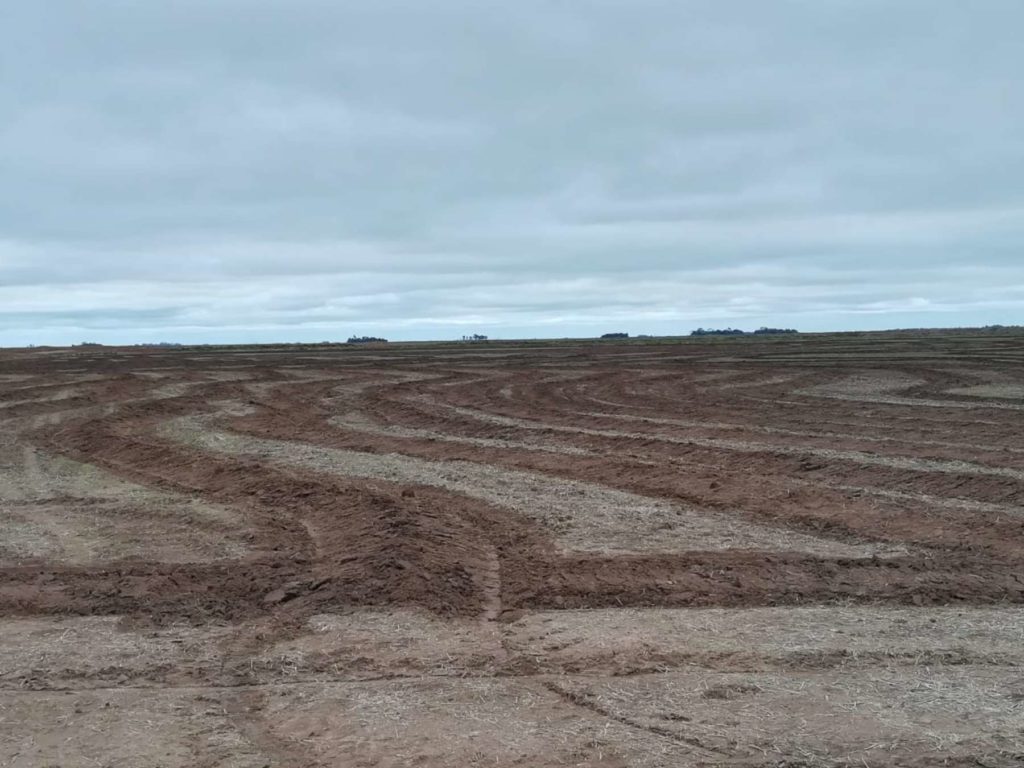
For now on, the 1st plots sowed have already seed emerged as you can see. Arial application of herbicide and fertilizer have also been performed, and irrigation of those plots is imminent.
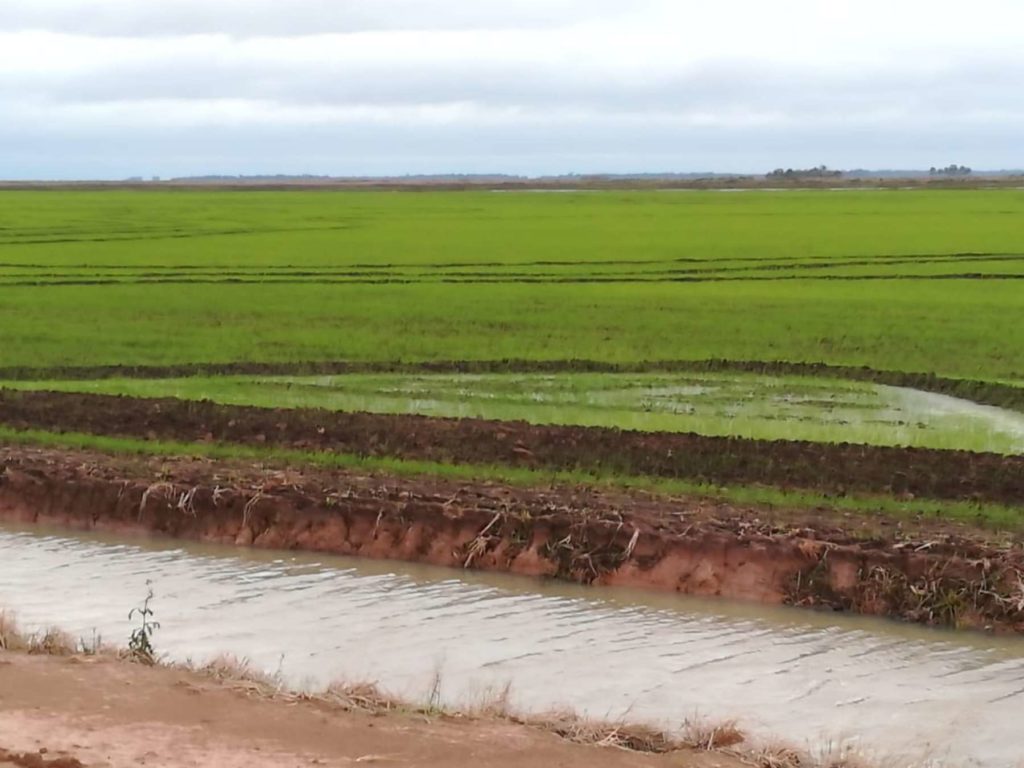
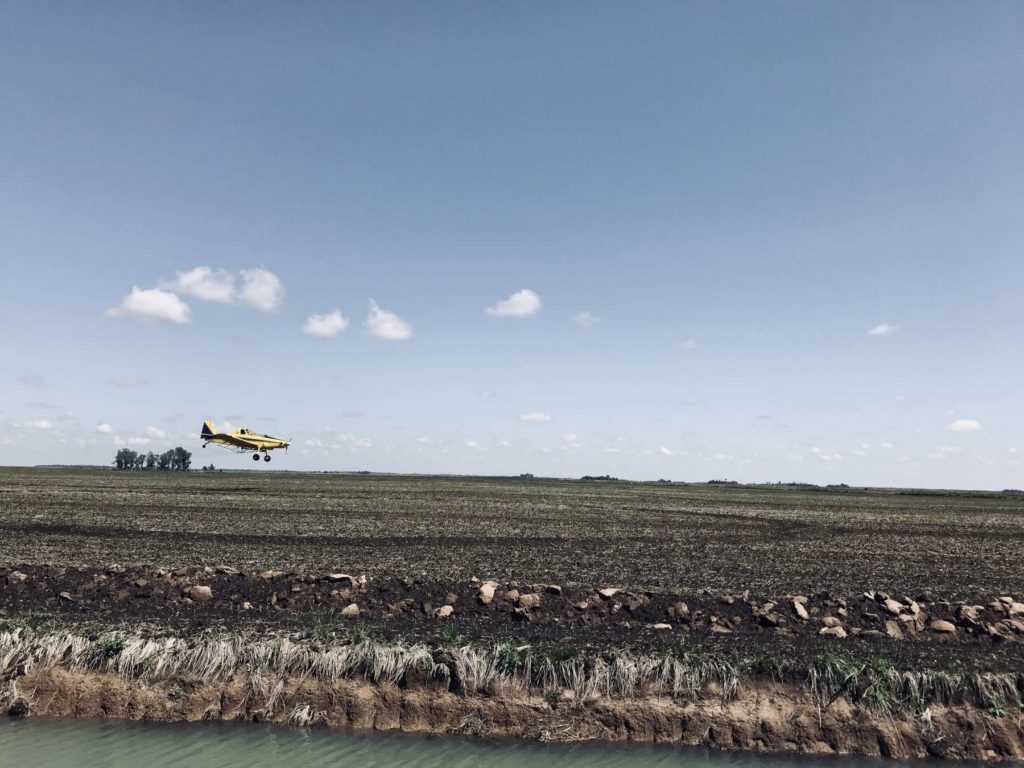
Otherwise, weather forecasts are not expected to improve during the 1st 2 weeks of October and rains may continue to slow sowing progress of the raining surface.
Fields after several rainfalls occurred during last week of September
This current weather situation is in line with the prediction expressed by the World Meteorogical Organization (WMO) regarding the development of El Niño phenomenon for our region by the fourth quarter of the year. For your reference, El Nino is a global weather phenomenon which has a strong impact on wind and on water and we hope that the phenomenon will not have the same intensity then in 2016.
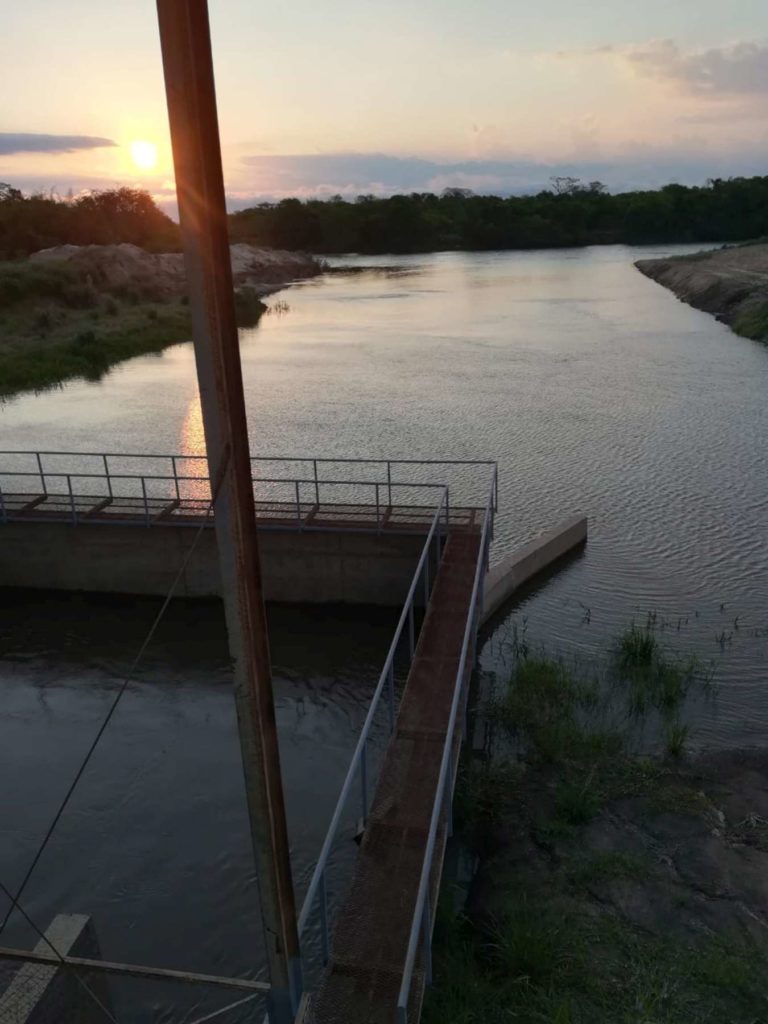
On the positive side, the regular rains registered have allowed the water levels rose in the river to their standard levels and contributes naturally to fill the reservoir. However, current efforts of the operating team are focused on the sowing.

